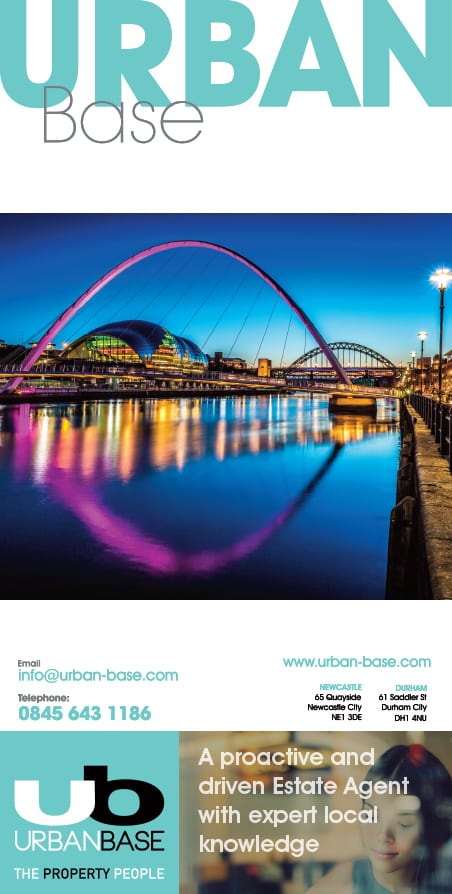In his latest exclusive article with Northern Insight, Jon Tweddell, director of JT Planning provocatively asks whether we're achieving well-designed residential spaces?
Achieving high quality design in housing and other development has been high up the planning agenda for some years now. But is this really manifesting itself on the ground? In short, my answer to the above question is definitely no!
Part 12 of the revised National Planning Policy Framework (NPPF), published in July 2018, reemphasises the importance of achieving welldesigned places’. Paragraph 124 of the NPPF states:
The creation of high quality buildings and places is fundamental to what the planning and development process should achieve. Good design is a key aspect of sustainable development, creates better places in which to live and work and helps make development acceptable to communities.’
The above quote represents government policy. It’s crystal clear that high quality design is fundamental and a crucial aspect of sustainable development, so why do we not always achieve this and why are local authorities granting permission for developments that do not meet this simple test?
As ever, nothing in planning is simple and straightforward. Design is subjective; one person’s interpretation of good design can be different to another.
There are several people involved with the design process – the key players being clients/developers, architects and local authorities. Architects design buildings but the initial brief will always come from their client.
Ultimately, it is local authorities who grant planning permission for new housing developments and they must make a judgement as to whether the design is of high quality. There are several factors that heavily influence design such as site characteristics, client requirements, planning policy and highways requirements.
All too often I do find that that prescriptive highways requirements have a huge impact on the overall design specified road/footpath widths, visibility splays, parking/turning requirements etc.
While I fully appreciate that these standards are there to make for safe environments, many housing developments are designed around the car rather than around people. This results in large areas of tarmac for roads and parking which is unsightly.
The image above is of a modern housing development under construction in Northumberland. Unless you know this specific development, it could be anywhere in the country. It is designed around the car; adopts unimaginative house types; and uses cheap materials.
The final product is not high quality. I appreciate that house prices are still elevated beyond the reach of many, therefore house builders who build cheap can also sell cheap, and that provides more affordable housing.
But I do think there can be some simple changes that improve the appearance of new housing such as better quality materials; more careful thought of spaces; more soft landscaping; and more detailing on the houses themselves.
Modern housing and living environments do not need to be unimaginative and boring. Good housing design does exist and is happening around the North East; there’s just not enough of it.
I can show two examples of what I think is good housing design. The first is a traditional scheme for housing in Alnwick, the second a contemporary group of buildings on the quayside in Amble. Completely different designs, but both high quality. They are high quality because there is an attention to detail in respect of elevation treatment; use of high quality materials; good spacing and generous room sizes; and incorporation of interesting landscaping.
Overall, I feel that we rarely achieve high quality housing developments. This seems absolute bonkers given that this is a fundamental requirement of current government policy on design. However, I do feel there can be a positive way forward if key players adopt a more flexible approach.


